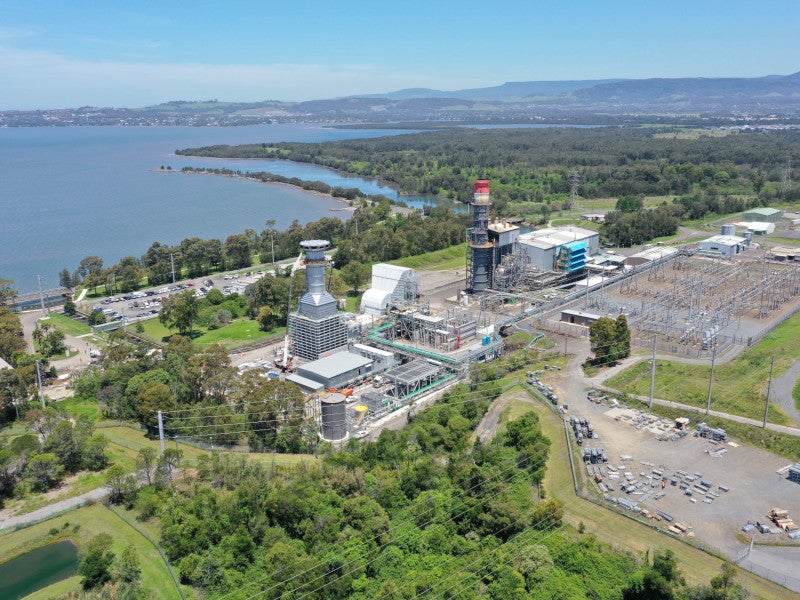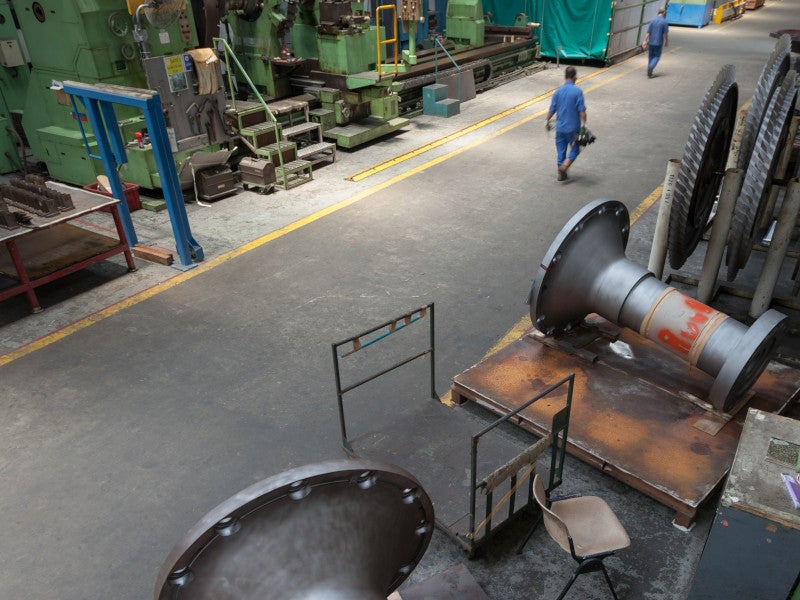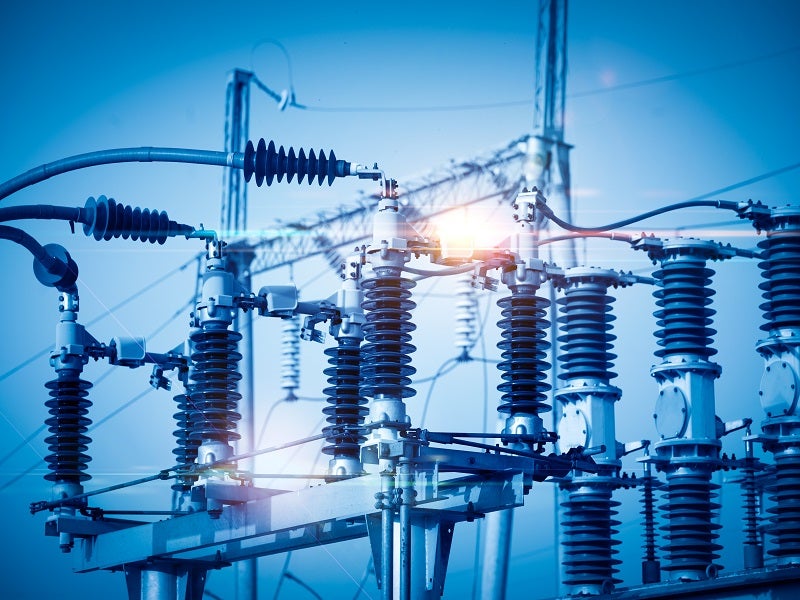The Tallawarra B Power Station is a 320MW expansion of the existing 435MW Tallawarra Power Station located in Illawarra, New South Wales (NSW), Australia. It is Australia’s first net-zero emissions plant, which uses a blend of green hydrogen and natural gas.
Australian electricity and gas provider EnergyAustralia developed the project. The NSW Government signed an agreement with EnergyAustralia to proceed with the power plant’s development in May 2021.
Developed with an investment of A$300m ($233.6m), the plant became operational in February 2024 and generates enough energy to power 150,000 homes. It generated 250 temporary jobs during its construction phase.
It will also support NSW’s plans to be net zero by 2050 using green hydrogen. The carbon emissions from the plant will be fully offset over its operational life.
The existing 435MW Tallawarra (A) plant, which started operations in 2009, powers up to 200,000 homes.
Tallawarra B Power Station location
The new power plant is developed near the existing Tallawarra A plant in Yallah, approximately 13km southwest of Wollongong and 80km south of Sydney, near the west shore of Lake Illawara in NSW.
Tallawarra B Power Station make-up
Powered by a 320MW, open-cycle gas turbine, the new power generation facility meets the electricity needs of the communities in NSW after the closure of the Liddell coal-fired thermal power station in Hunter Valley in 2023.
It employs a combination of natural gas and hydrogen to power its GE9F.05 gas turbine. The turbine series has low 15ppm NOx emissions and an efficiency of more than 38.6% with a net output of 314MW.
The turbine features low-nitrogen combustors, with natural gas as the primary fuel and diesel as a backup fuel in case of a major interruption or during a limited natural gas supply. Emissions from the plant are continuously monitored through an emission monitoring system installed at the site.
The power station includes an open cycle gas turbine (OCGT) generator, an evaporative cooling system using potable water, connecting gas pipelines, a gas receiving station and a gas conditioning station, as well as an emergency diesel generator.
The gas and green hydrogen-powered project includes components and ancillary infrastructure associated with an open cycle plant, which operates as a facility to generate and supply electricity at short notice during peak demand. It also uses the infrastructure of the existing Tallawarra plant.
Natural gas and water supply
Natural gas is supplied to Tallawarra B through a connection from the existing Tallawarra A power station, which in turn gets its gas supply from the Eastern Gas Pipeline, a 797 km-long natural gas pipeline that runs across Victoria and NSW.
The new plant requires approximately 175 megalitres of potable water a year, which is sourced through the existing Sydney Water main connection for Tallawarrra A.
Transmission details
A transmission line links the new facility to an existing 132kV network. The transmission network includes a high-voltage switchyard, including transformers and switchgear.
The project entailed the expansion of the existing Tallawarra 132kV switching station, along with associated transmission line upgrades. The work also encompassed a new connection agreement, the enhancement of shared site services and facilities, and the conversion of the Tallawarra power station into a dual-unit site.
Tallawarra B generates electricity at a voltage range between 11,000V and 22,000V. The voltage is stepped up to 132kV by a transformer before being fed via the switchyard to the 132kV transmission lines at the site.
Funding for Tallawarra B
The total investment in the new power plant is estimated to be A$300m. The Australian and NSW governments agreed to provide up to A$83m and A$5m respectively to support the project.
Through government funding, EnergyAustralia aims to procure 200,000kg of green hydrogen a year, starting from 2025, equivalent to 5% of the plant’s fuel use during its operational life.
The plant is installed with safety enhancements for aircraft operating near Shellharbour Airport. A £13m ($8m), 54t plume dispersion apparatus has also been installed and real-time plume surveillance implemented.
Contractors involved
American conglomerate General Electric (GE) was selected to supply the turbine for the power plant. GE Vernova was selected as the principal contractor for the project.
Australian construction contractor Clough, in collaboration with GE, was awarded the engineering, procurement and construction (EPC) contract for the project in May 2021.
EnergyAustralia was advised by law firm Ashurst on the development and operational arrangements for the Tallawarra B Power Station. The scope of advice covered property arrangements, funding from the NSW Government, planning approval requirements and the EPC contract process.





